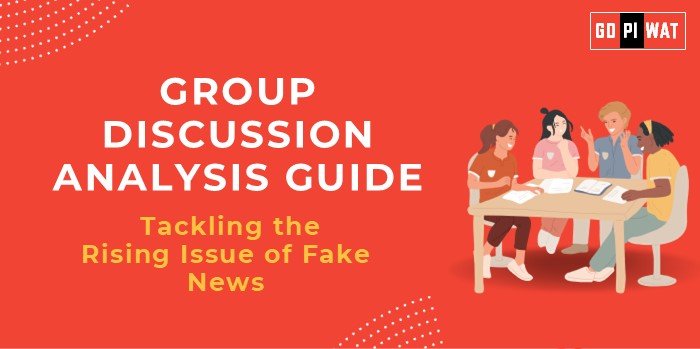🌐 Tackling the Rising Issue of Fake News
📖 Introduction to the Issue
Opening Context: Fake news, a byproduct of the digital information age, poses a significant threat to societal trust, democratic processes, and individual decision-making. In an era where misinformation can spread globally within seconds, addressing fake news has become a global priority.
Background: The term “fake news” gained prominence during the 2016 US presidential elections, but its origins date back to the dissemination of false propaganda in early media systems. The advent of social media platforms and low-content regulation accelerated its impact.
📊 Quick Facts and Key Statistics
- Global Impact: Over 65% of adults globally have encountered fake news online (Statista, 2023).
- Economic Cost: Fake news costs the global economy an estimated $78 billion annually (World Economic Forum, 2022).
- Platforms: 80% of fake news originates on social media platforms (MIT Media Lab, 2021).
- Verification Growth: Fact-checking organizations have grown by 200% in the last decade (Duke Reporters’ Lab, 2023).
👥 Stakeholders and Their Roles
- Governments: Regulate content through policy and monitor disinformation campaigns.
- Tech Companies: Implement AI-based fact-checking tools and content moderation.
- Media Outlets: Ensure editorial integrity and provide accurate reporting.
- NGOs and Fact-Checkers: Educate the public and verify information.
- Citizens: Act as critical consumers of information.
🏆 Achievements and Challenges
Achievements:
- Legislation: EU’s Digital Services Act mandates content moderation.
- AI Tools: Deployment of algorithms for detecting false content, e.g., Twitter’s Birdwatch.
- Public Awareness: Increase in digital literacy programs globally.
Challenges:
- Technology Mismatch: AI tools are not foolproof, with fake content evolving rapidly.
- Jurisdictional Issues: Cross-border fake news campaigns evade local regulations.
- Public Polarization: Political bias hinders collective action against misinformation.
🌍 Global Comparisons
- Success: Finland’s national media literacy curriculum reduces misinformation impact.
- Struggles: The US faces challenges despite tech advancements due to polarized media.
📖 Case Studies
- India: WhatsApp misinformation led to mob violence, prompting stricter IT regulations.
- Kenya: Misinformation during elections influenced voter behavior.
⚖️ Structured Arguments for Discussion
- Supporting Stance: “Governments and tech firms have made progress in combating fake news through policy and technology.”
- Opposing Stance: “The fake news problem persists due to poor global coordination and technological limitations.”
- Balanced Perspective: “While progress is visible, combating fake news requires stronger collaboration between stakeholders and innovations.”
💡 Effective Discussion Approaches
- Opening Approaches:
- Start with a striking statistic: “Over 65% of global internet users have encountered fake news online…”
- Begin with a question: “How can we trust information in an age dominated by fake news?”
- Counter-Argument Handling:
- Acknowledge: “AI tools struggle with evolving fake news.”
- Suggest solutions: “But partnerships between governments and platforms can improve detection.”
🔍 SWOT Analysis
- Strengths: Growing public awareness, advanced AI tools.
- Weaknesses: Political bias, global regulatory gaps.
- Opportunities: Cross-border coalitions, educational initiatives.
- Threats: Evolving deepfakes, public distrust.
📚 Connecting with B-School Applications
- Real-World Applications: Role of AI and ethics in business, marketing implications of fake reviews.
- Sample Interview Questions:
- “How can organizations verify online content effectively?”
- “Discuss the ethical implications of fake news for marketers.”
- Insights for Students: Importance of critical thinking, ethical decision-making in digital businesses.


